Hawaii is more than beautiful beaches and cool cocktails. The islands have a rich cultural heritage that spans centuries, from ancient Polynesian customs to the multi-layered tale of American statehood. Each stop reveals a new chapter in this intriguing story, whether it is through spiritual temples, royal palaces, or where cultures intersected and blended.
These cultural attractions provide far more substance than your average tourist trap. Here are 20 cultural attractions that’ll give you a better sense of what makes Hawaii so special.
Pearl Harbor National Memorial

This site represents one of the most pivotal moments in American history, where the events of December 7, 1941, changed everything. The memorial complex includes the USS Arizona Memorial, USS Missouri Battleship, plus several museums that tell the story with remarkable detail. Standing on the floating memorial above the sunken Arizona feels like stepping into history itself.
You’ll realize that oil still slowly rises from the ship below, creating an almost haunting reminder of that day.
Iolani Palace
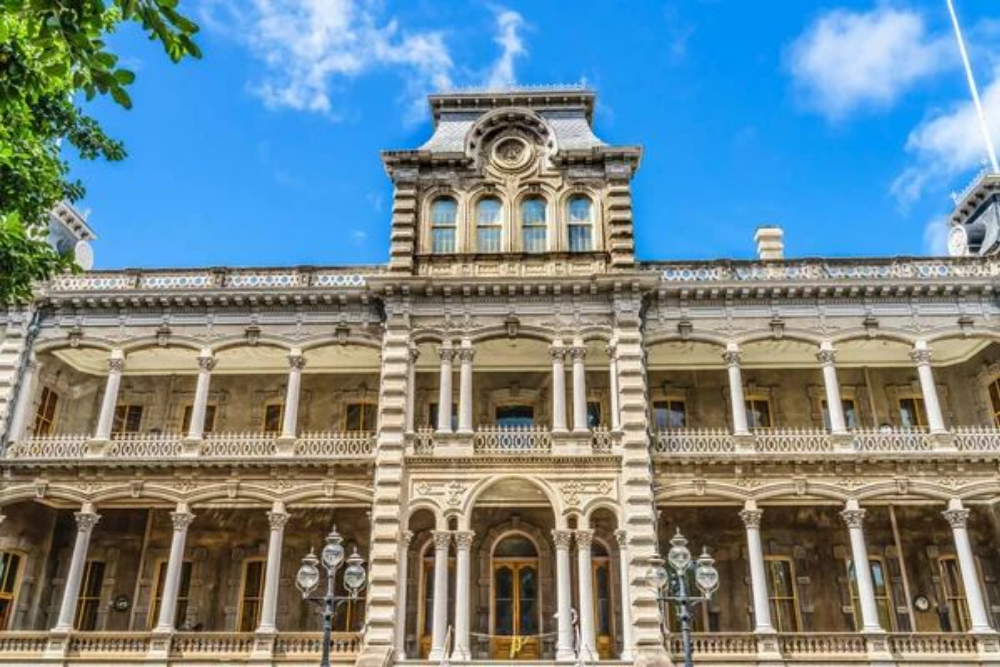
America’s only royal palace sits right in downtown Honolulu, and it’s fancier than most European castles. King Kalakaua built this architectural marvel in 1882, complete with electricity and telephones, before the White House even had them.
The palace witnessed both the height of the Hawaiian monarchy and its tragic overthrow in 1893. Every room echoes with stories of power, politics, and cultural pride.
Like Travel Pug’s content? Follow us on MSN.
Polynesian Cultural Center
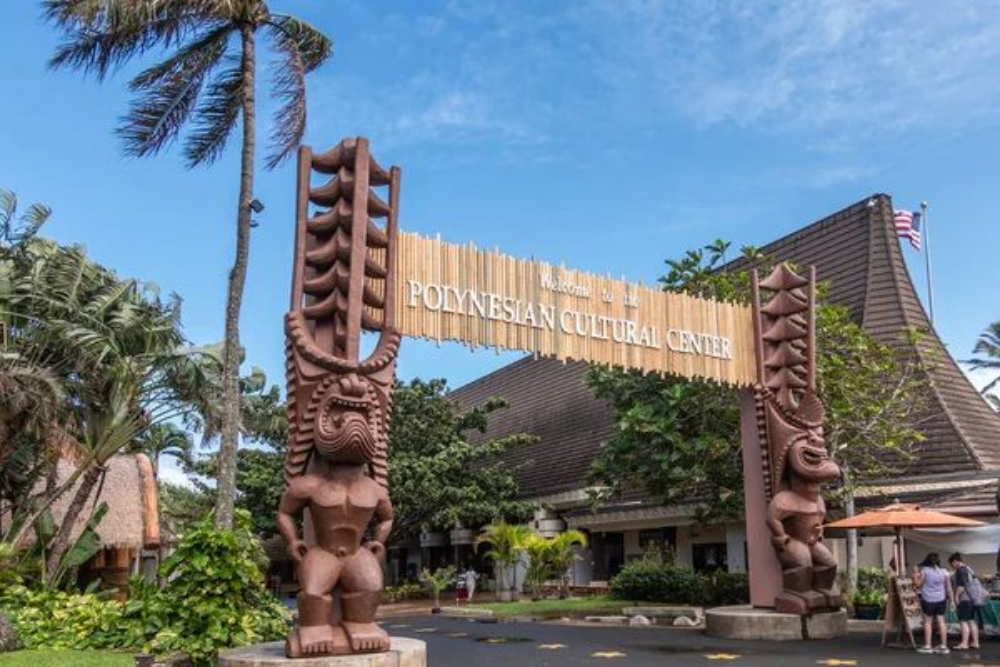
Think of this place as a living textbook where you can touch, taste, and experience Pacific Island cultures. Six different villages represent Hawaii, Fiji, Samoa, Tahiti, Tonga, and New Zealand — each staffed by people from those regions who share their traditions firsthand.
The evening show alone features over 100 performers. It’ll make you feel like you’ve traveled across the entire Pacific in just one day.
Bishop Museum
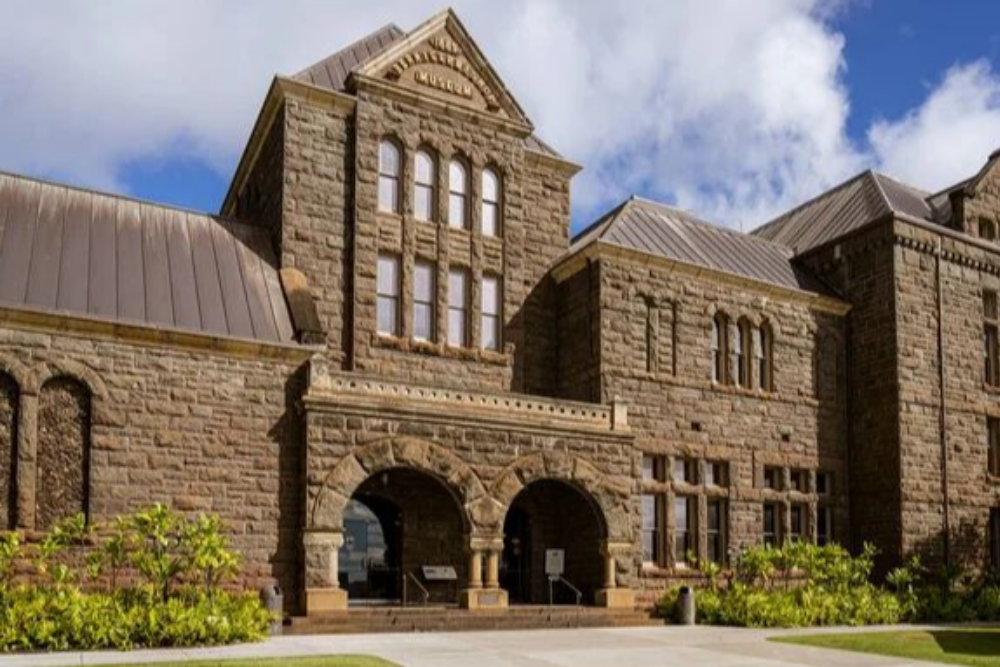
This museum houses the world’s largest collection of Polynesian artifacts, including feather capes that Hawaiian royalty wore centuries ago. The planetarium shows how ancient Polynesian navigators used stars to cross thousands of miles of open ocean with nothing but outrigger canoes.
You’ll walk away understanding how these incredible seafaring people found tiny islands in the vast Pacific. They did all this long before GPS made navigation easy.
Haleakala National Park
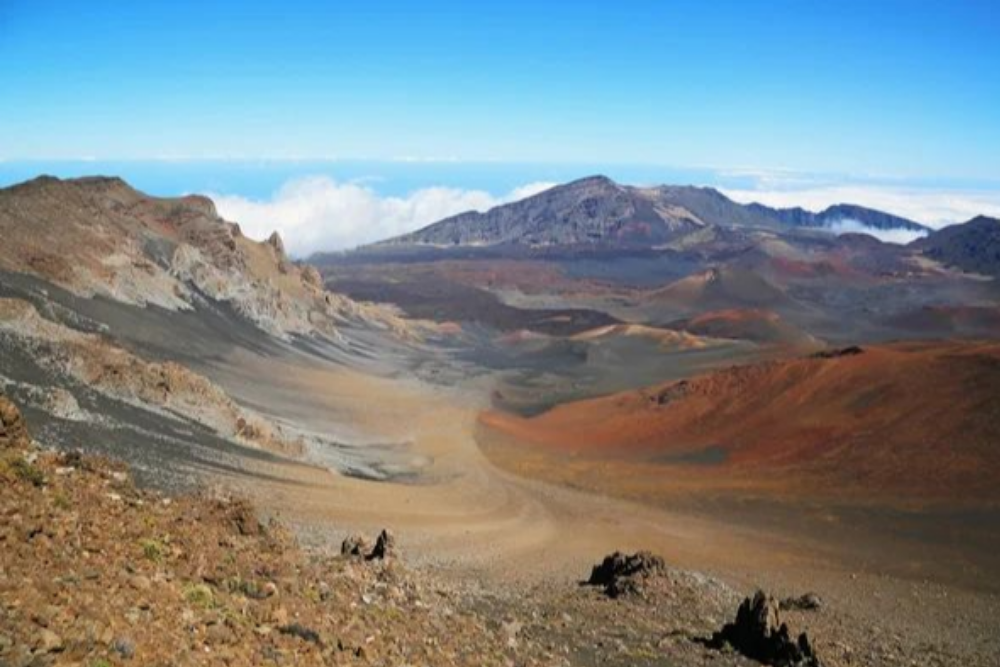
Sure, people come here for sunrise views — yet the crater holds deep spiritual significance for Native Hawaiians. This dormant volcano was considered the home of the demigod Maui, who supposedly lassoed the sun from this very spot to slow its journey across the sky.
The park also protects rare silversword plants that grow nowhere else on Earth. This creates an otherworldly landscape that feels almost alien.
Like Travel Pug’s content? Follow us on MSN.
Hawaii Volcanoes National Park
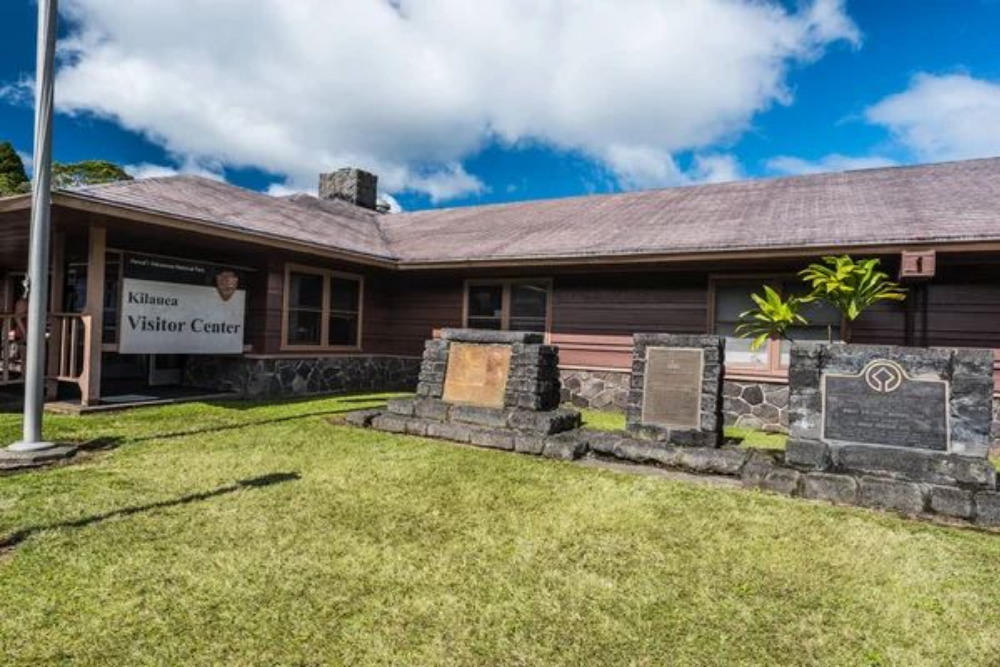
Pele, the Hawaiian goddess of volcanoes, supposedly lives in Kilauea’s crater — and locals still leave offerings of gin and other items at the rim. The park showcases how Hawaiian culture has always been intertwined with volcanic activity, from creation myths to modern-day ceremonies.
Watching active lava flows while learning about Pele’s legends makes the experience feel both scientific and spiritual.
Puuhonua o Honaunau National Historical Park
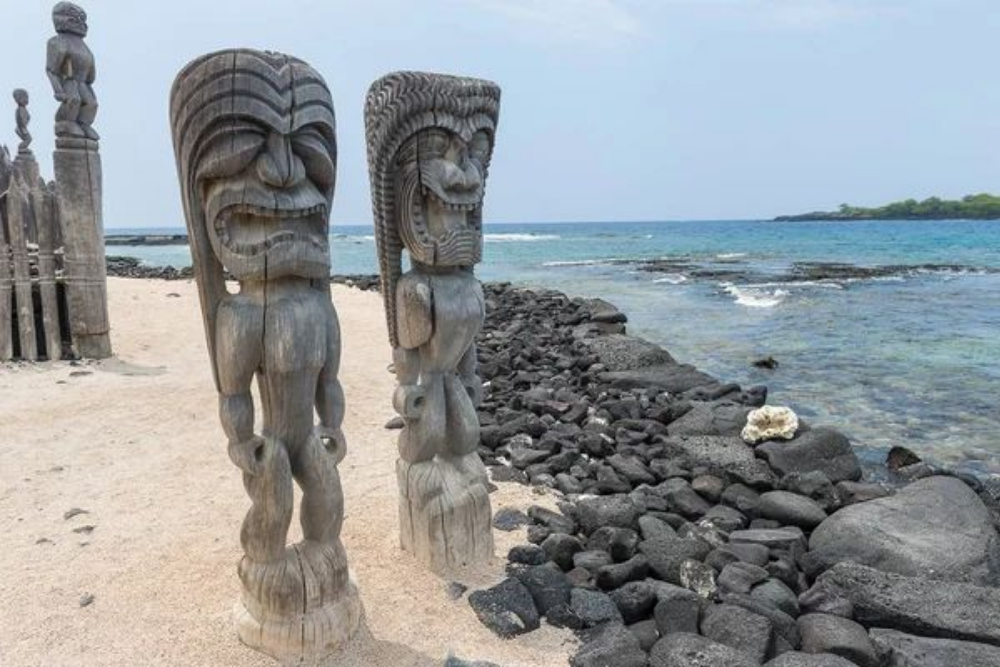
This coastal site served as a place of refuge where ancient Hawaiians could escape punishment for breaking sacred laws. The massive stone platform and carved wooden images create an atmosphere that still feels sacred today.
Think of it as the ultimate ‘time out’ spot — except breaking the rules here used to mean life or death rather than just grounding.
Kealakekua Bay
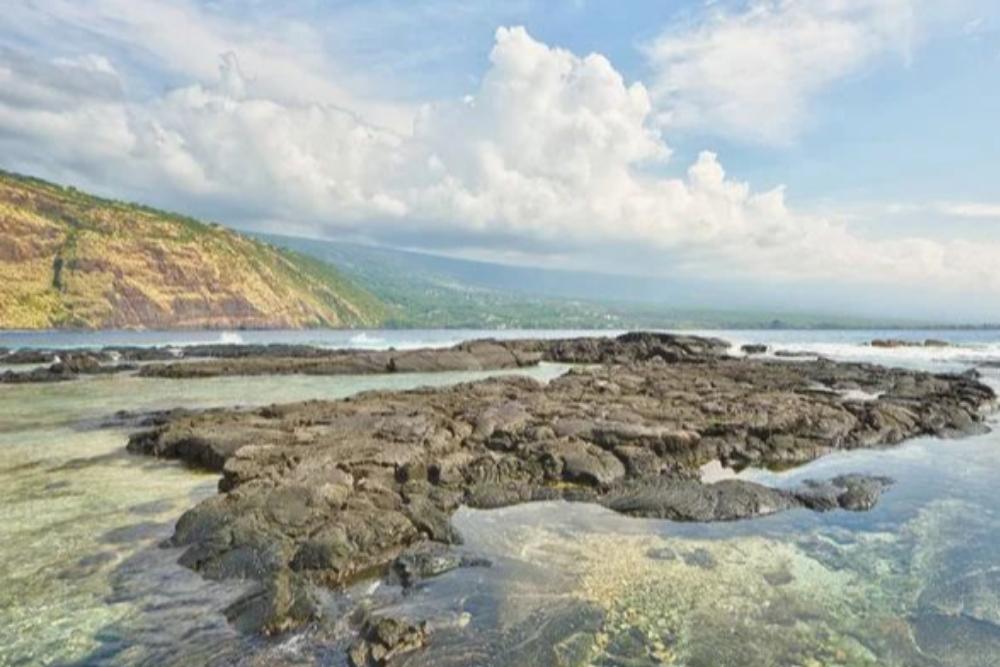
Captain James Cook met his end in these waters in 1779, marking a turning point in Hawaiian history. The white monument on the far shore marks the spot where East truly met West for the first time in Hawaii.
Snorkeling in these crystal-clear waters while contemplating this historical moment creates an odd mix of recreation and reflection.
Like Travel Pug’s content? Follow us on MSN.
Waimea Valley
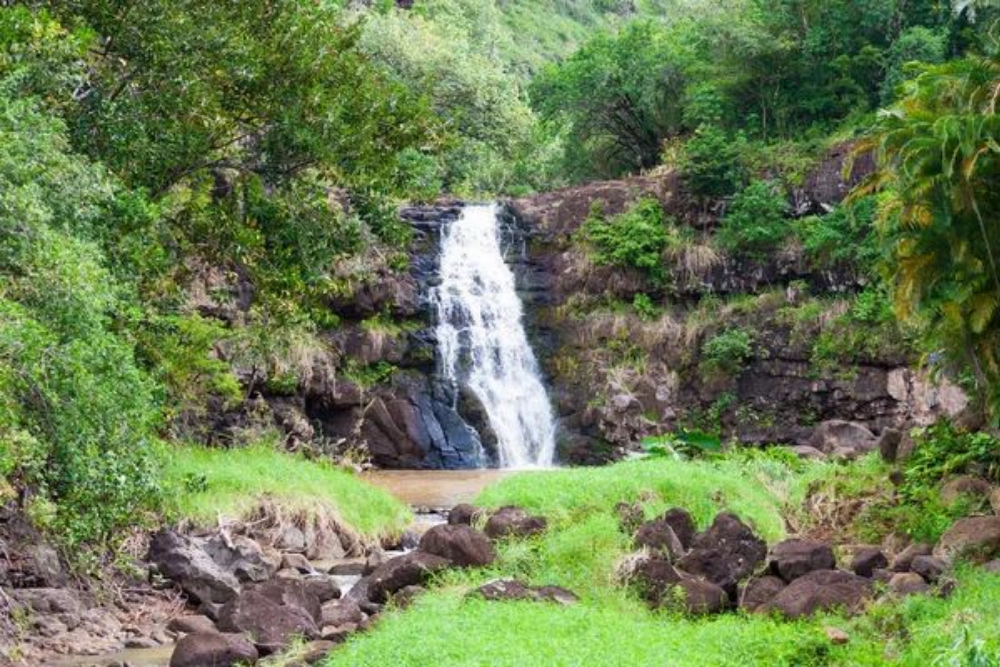
This lush valley on Oahu’s North Shore has been continuously inhabited for over 700 years. Ancient agricultural terraces still line the valley walls, showing how Hawaiians transformed this land into a productive farming community.
The botanical gardens now growing here include plants that Polynesian settlers brought with them. It’s essentially a living museum of Pacific plant migration.
Byodo-In Temple
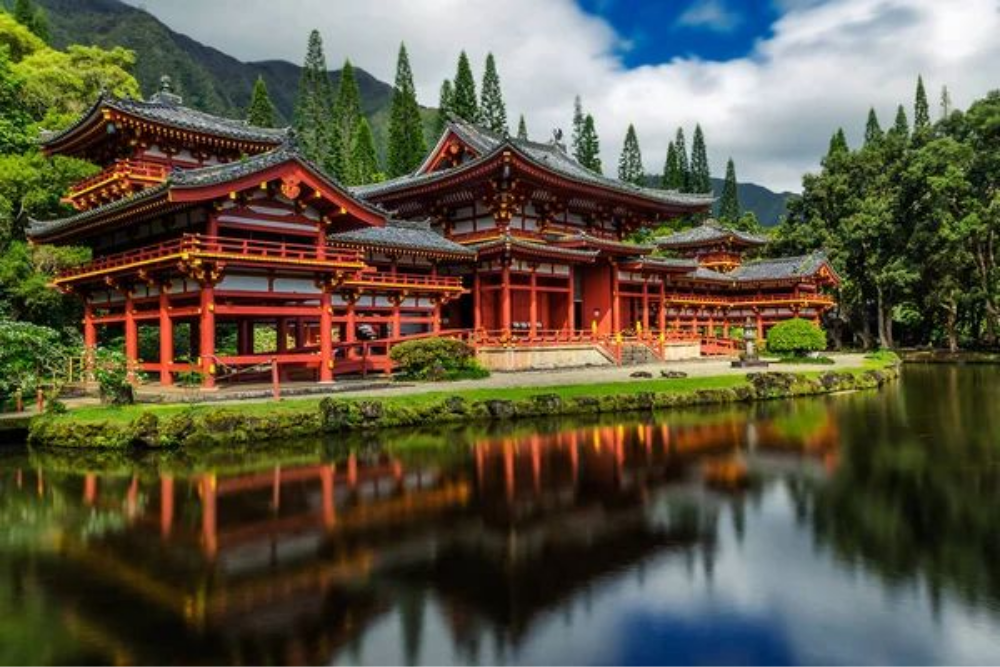
This stunning replica of a 900-year-old Japanese temple sits nestled against Oahu’s Koolau Mountains like something from a fairy tale. Built in 1968 to commemorate Japanese immigration to Hawaii, it represents how the islands became a melting pot of cultures.
The giant bronze bell still calls visitors to meditation. Those moments of peace feel worlds away from Honolulu’s hustle.
Halawa Valley
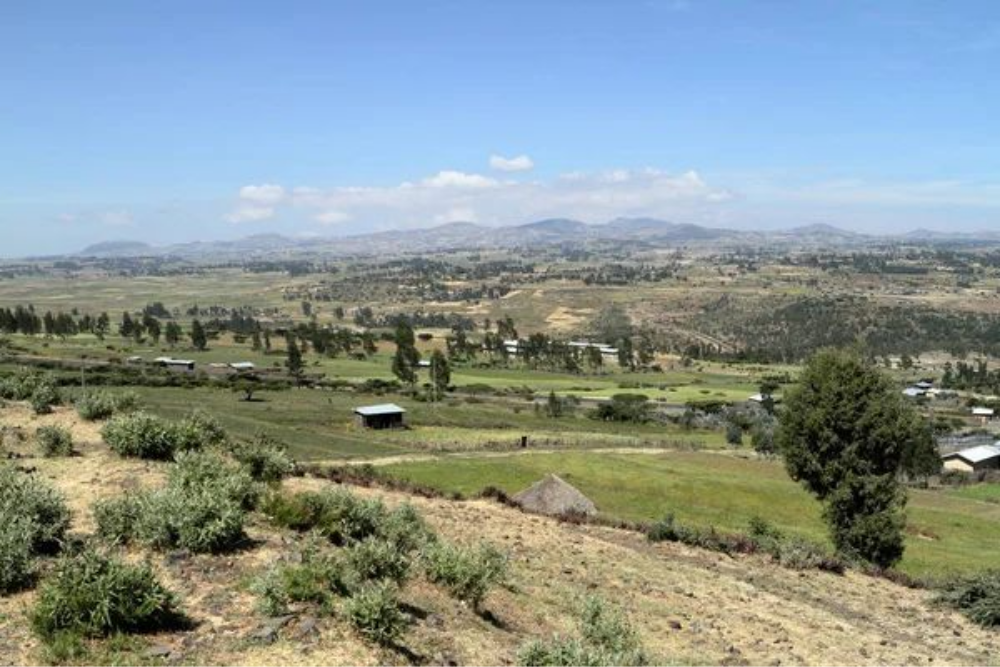
Molokai’s Halawa Valley holds some of Hawaii’s oldest archaeological sites, with evidence of Polynesian settlement dating back over 1,000 years. The valley’s isolation has preserved ancient farming terraces and sacred sites that most tourists never see.
Hiking to the valley’s waterfalls feels like stepping back in time, though it’s even more powerful when local guides share stories passed down through generations.
Like Travel Pug’s content? Follow us on MSN.
Waipio Valley
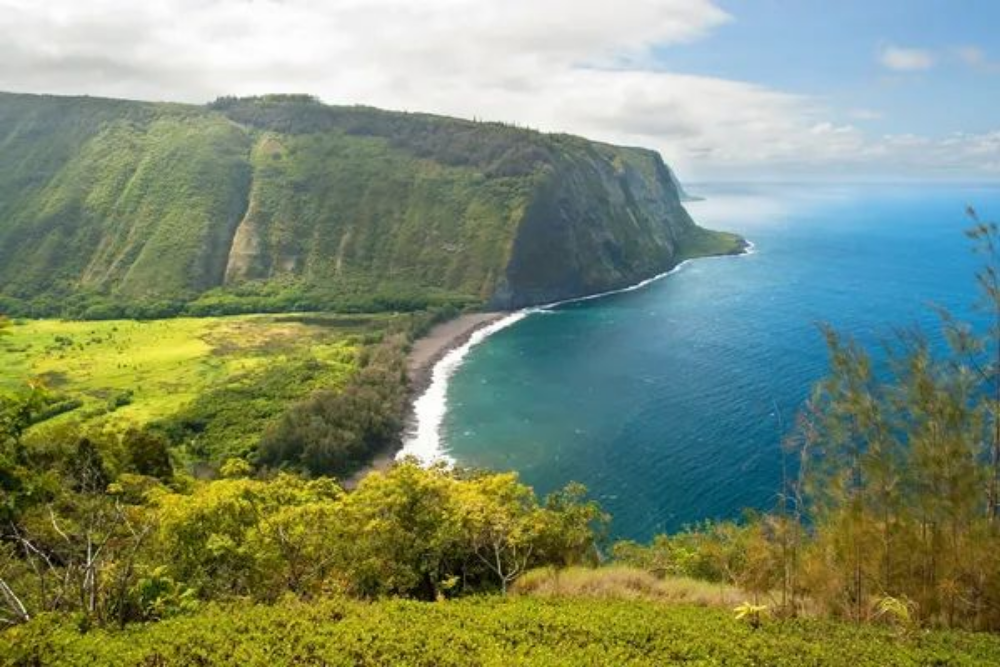
Known as the ‘Valley of the Kings,’ this dramatic gorge on the Big Island served as the political center of ancient Hawaii. Young Kamehameha I spent his early years here before uniting the Hawaiian Islands under his rule.
The valley’s taro fields still flood and drain according to methods developed centuries ago. This proves that some farming techniques never need improvement.
Lahaina Historic District
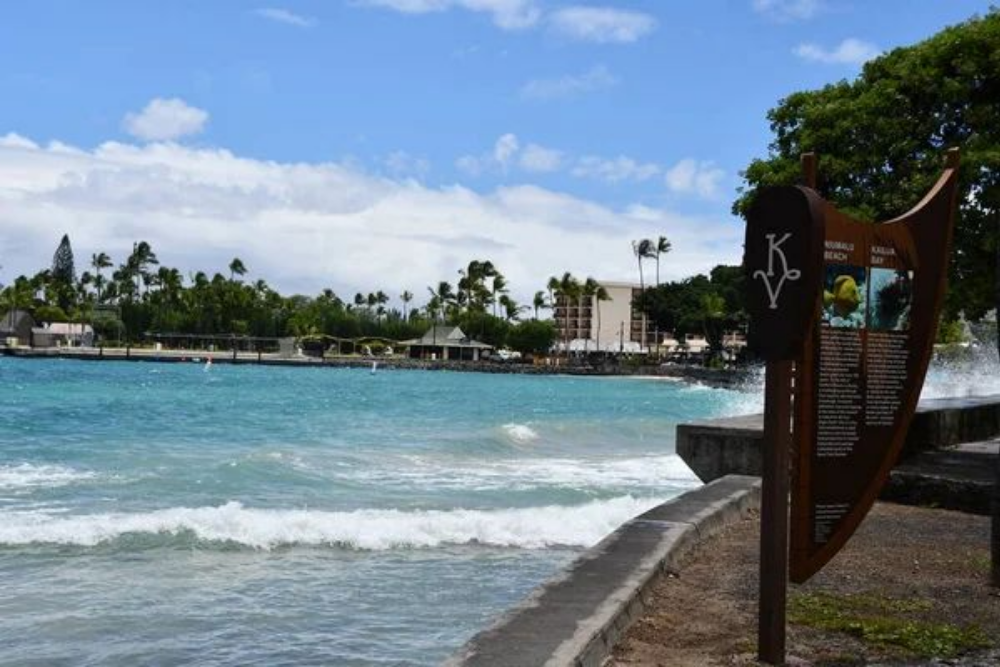
This former whaling capital tells the story of how global commerce transformed Hawaii in the 1800s. Missionaries and sailors created an unlikely cultural mix that still influences Maui today. Walking down Front Street, you can almost hear the chaos of whaling ships unloading their crews for months of shore leave. Back then, this was one of the Pacific’s wildest towns.
Kauai Museum
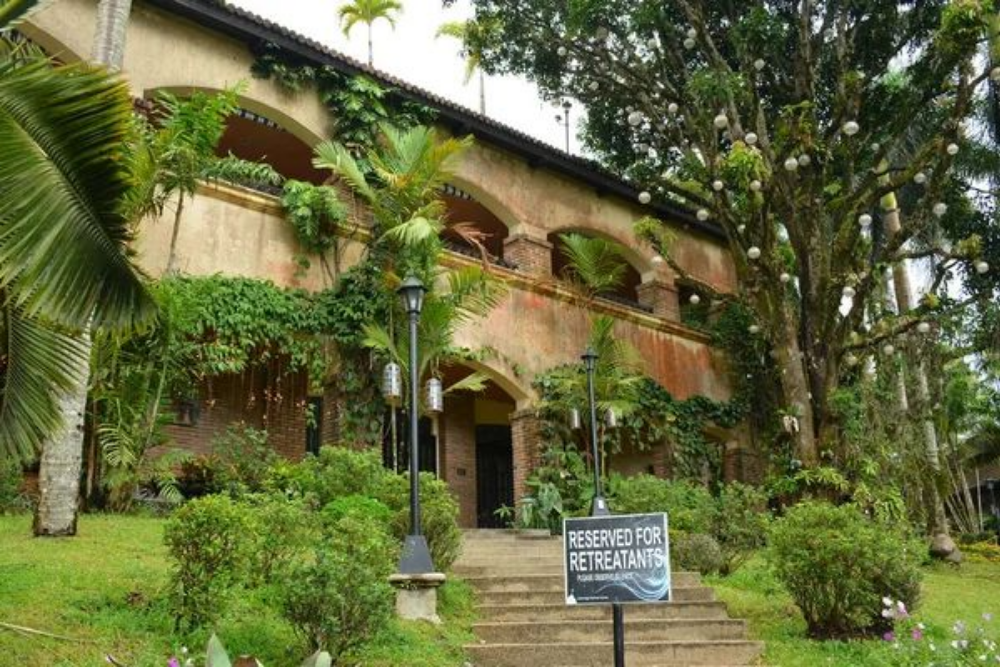
This small museum in Lihue packs more Hawaiian history per square foot than almost anywhere else. The exhibits trace Kauai’s story from Polynesian settlement through the plantation era to modern tourism.
Local families have donated artifacts that you won’t find in larger museums, which makes each display feel personal rather than institutional.
Like Travel Pug’s content? Follow us on MSN.
Mauna Kea
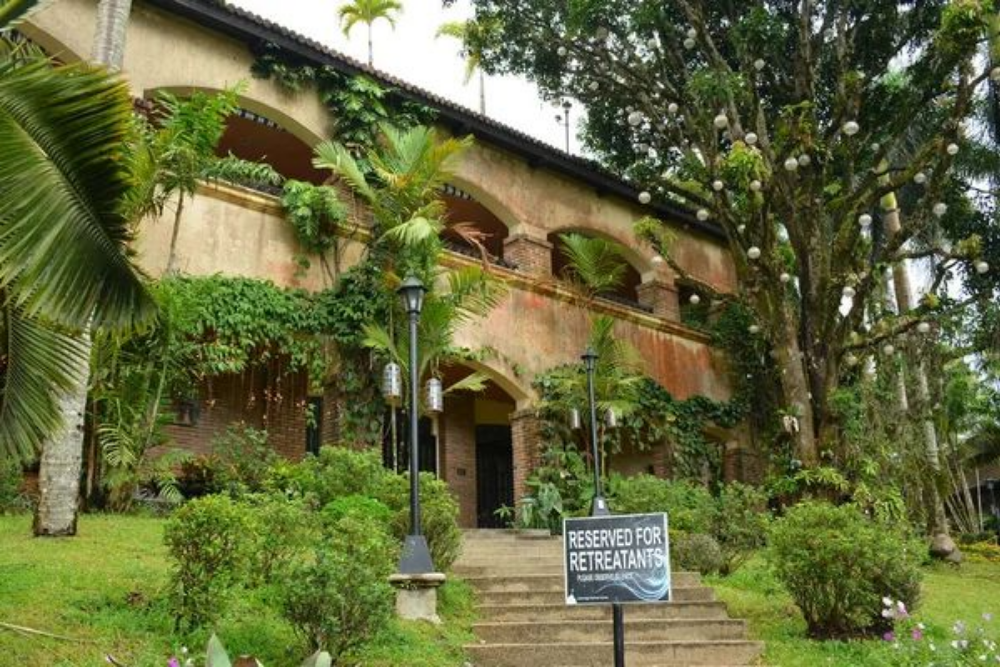
This dormant volcano stands as the most sacred site in Hawaiian culture, considered the meeting place between earth and sky. Ancient Hawaiians built shrines near the summit where only the highest-ranking chiefs could venture.
Modern astronomy observatories now crown the peak, yet this creates an interesting intersection between ancient spirituality and cutting-edge science.
Kawaiahao Church
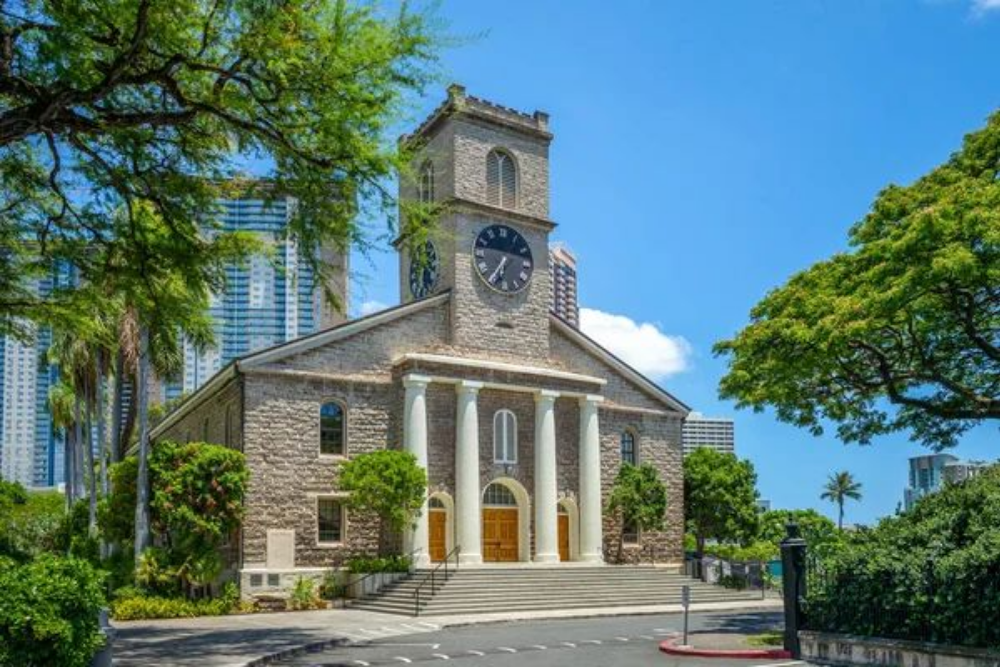
Built from 14,000 coral blocks quarried from underwater reefs, this church represents the arrival of Christianity in Hawaii. The building witnessed the wedding of King Kamehameha IV and the funeral of Princess Kaiulani.
Services are still conducted in both English and Hawaiian, making it one of the few places where you can hear the native language used in its traditional context.
Diamond Head
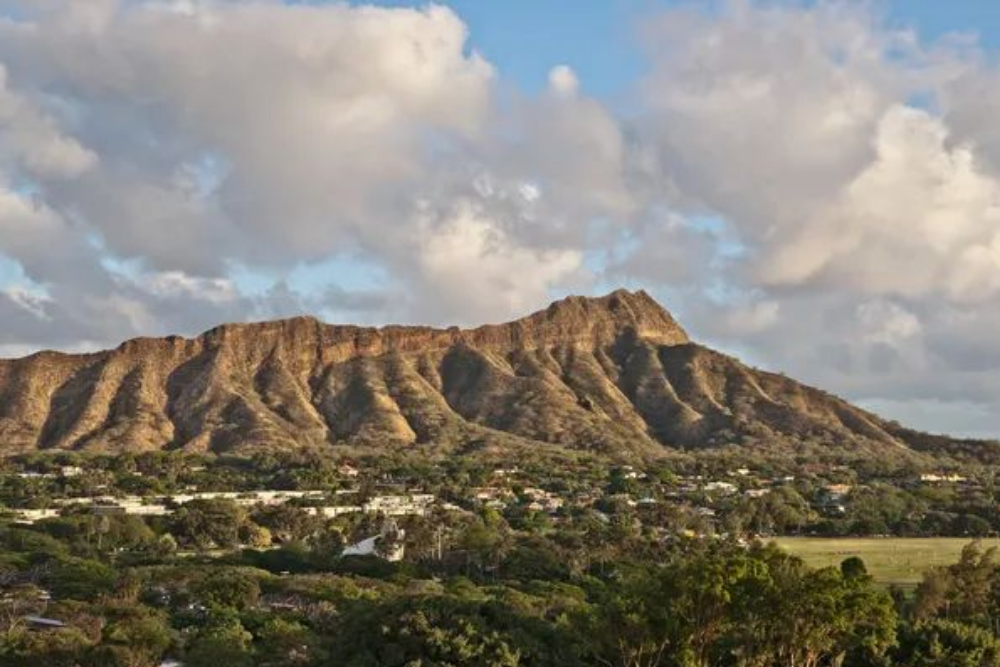
While most people know this crater as a hiking destination, Hawaiians called it Leahi and considered it sacred to Pele. The military transformed it into a fortress during World War II, adding another layer to its cultural significance.
Climbing to the summit offers views that help explain why ancient Hawaiians chose this spot for ceremonial purposes.
Like Travel Pug’s content? Follow us on MSN.
Lyon Arboretum
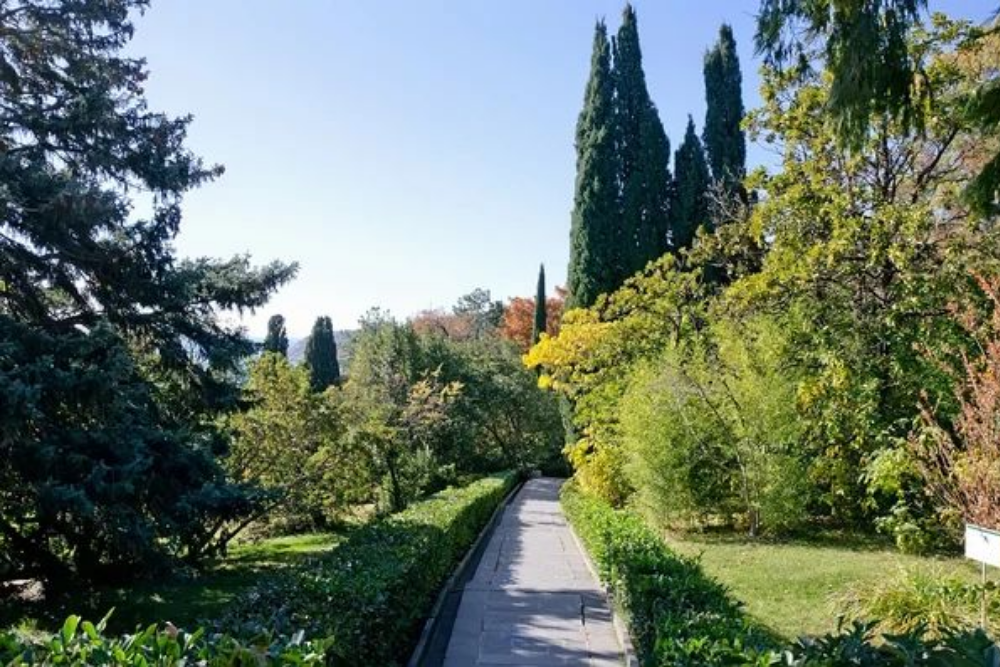
This 200-acre botanical garden in Manoa Valley preserves plants that Polynesian settlers brought to Hawaii over 1,000 years ago. The collection includes breadfruit, taro, plus other crops that sustained Hawaiian civilization for centuries.
Walking these trails while learning about traditional plant uses shows how deeply Hawaiian culture was connected to the natural world.
Queen Emma’s Summer Palace
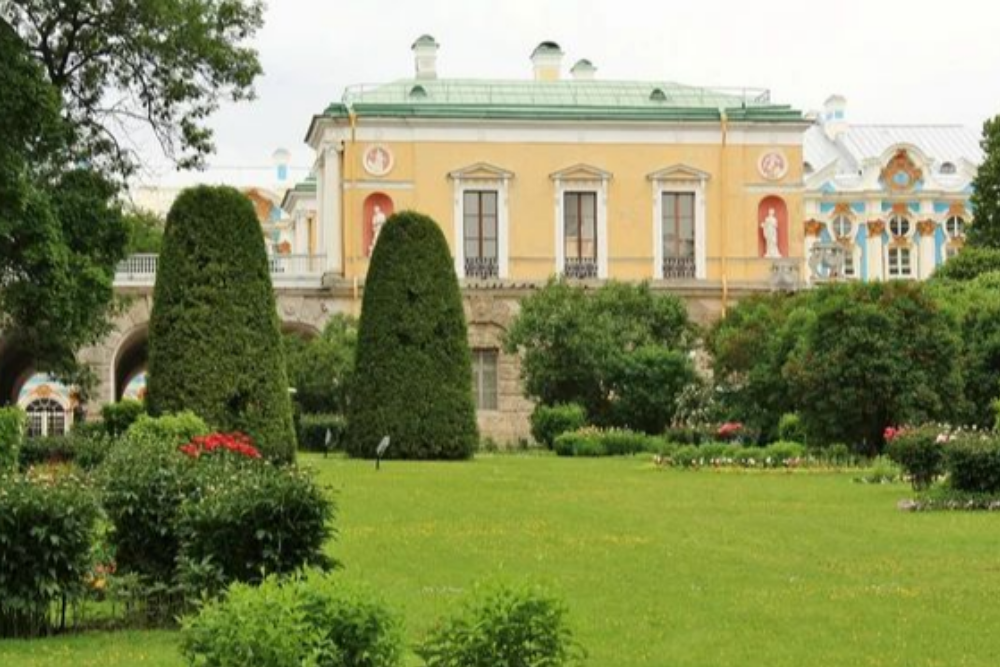
This modest wooden home in Nuuanu Valley served as the summer retreat for Queen Emma and King Kamehameha IV in the 1850s. The palace preserves royal furniture and personal belongings that humanize the Hawaiian monarchy in ways that grander buildings cannot.
Seeing the queen’s china and the king’s reading glasses makes these historical figures feel like real people rather than distant royalty.
Alexander & Baldwin Sugar Museum
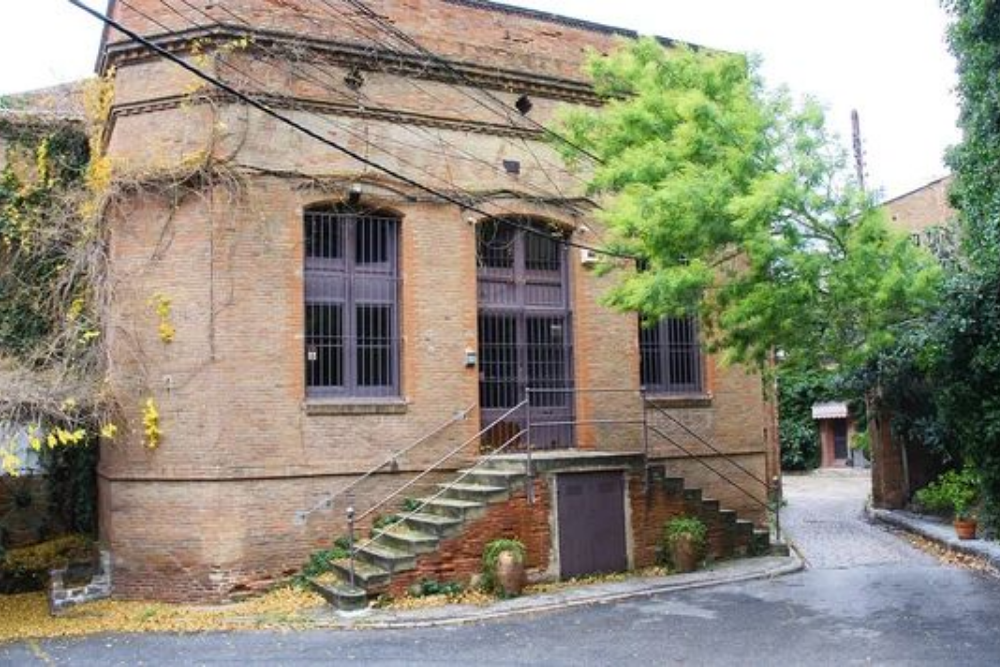
Located in a former supervisor’s house of a sugar mill, this museum tells the story of how sugar plantations shaped modern Hawaii. The exhibits explain how workers from Portugal, Japan, the Philippines, and other countries created Hawaii’s multicultural society.
Understanding this plantation history helps explain why Hawaii today feels more like Asia than the rest of the mainland United States.
Like Travel Pug’s content? Follow us on MSN.
Where Ancient Wisdom Meets Modern Paradise
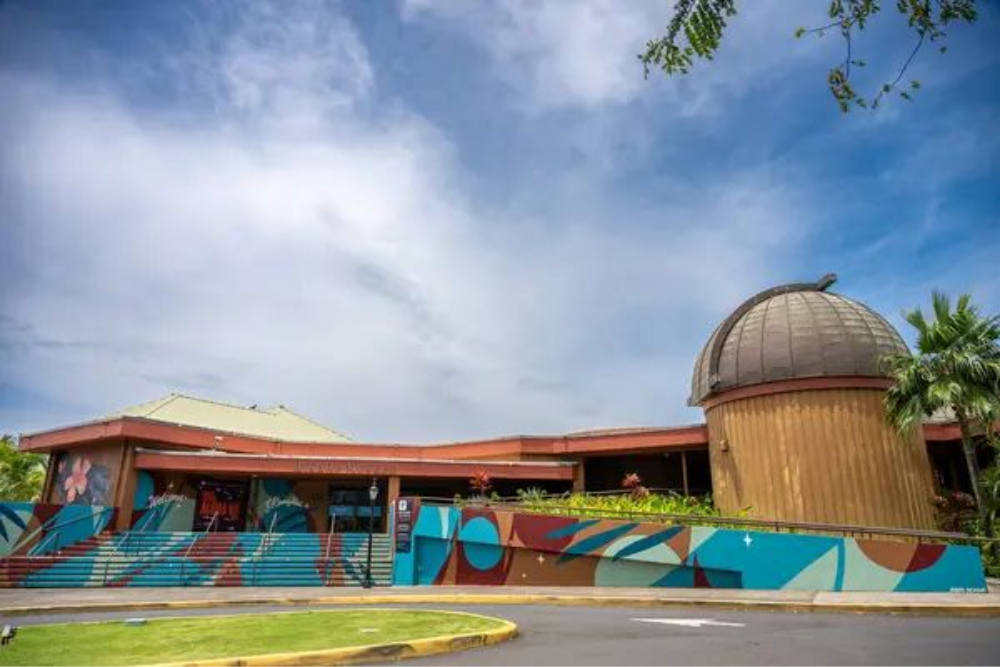
These cultural sites prove that Hawaii’s greatest treasures aren’t found on postcards or Instagram feeds. Each location connects visitors to the complex human story that created modern Hawaii, from Polynesian navigators who found these islands using only stars to immigrants who built the multicultural society that exists today.
The ancient Hawaiians believed that land and culture were inseparable, though visiting these sites shows how right they were. Today’s Hawaii remains a place where different cultures don’t just coexist but actually strengthen each other, creating something unique in the American experience.
More from Travel Pug

- 20 Best Beach Towns in the Carolinas
- 13 Destinations Where Tourists Regularly Regret Their Trip
- 20 Things You Actually Get in First Class
- 20 Small Airports With Aviation Museums
- 20 Places in the U.S. That Are Perfect for a Reset Trip
Like Travel Pug’s content? Follow us on MSN.
